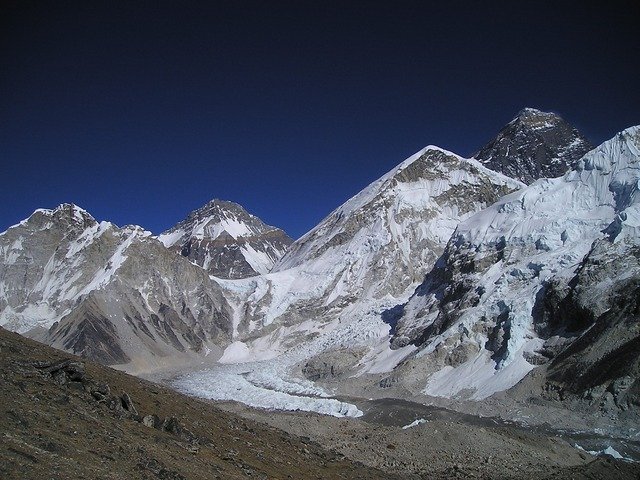Student climbing adventures to Nepal that won’t break the bank
For students who are keen climbers, the Himalaya is undoubtedly the dream destination. The trouble is that climbing in the Himalaya, particularly on the famous peaks is very expensive. In this guest post Mark Whitman, high altitude trekking expert, shows how students can take on some of the iconic Nepal Trekking Peaks without breaking the bank.
Nepal, a tiny kingdom, is famed the world over for its mountains, more so since not being closed to foreigners since 1949. These mountains, of which there are more than in any other country, are not the only attractions of Nepal, whose culture, geography and wildlife challenge the imagination and whose people are among the friendliest in the world.
Trekking peaks were so designated in 1978 upon the inception of the non-profit Nepal Mountaineering Association (NMA). They are all less than 21,325 feet and lie close to popular and accessible trekking routes like the Annapurna Circuit and Everest Base Camp. They are much bigger than anything found in the Alps, or indeed the classic African trekking peak, Mount Kilimanjaro.
The most popular are Island Peak, Lobuche Peak, Mera Peak, Pisang Peak, Tharpu Chuli and Yala Peak.
What makes them great for students who are keen climbers is that the permit system is much simpler than for the 104 higher expedition peaks, which have considerably greater permit fees. It has been joked that trekking peaks would be better named as limited bureaucracy peaks. The fees are an important element of Nepal’s exports. Routes must be submitted in advance. There are four mountaineering seasons: spring (March to May), summer (June to August), autumn (September to November) and winter (December to February).
When one’s budget is considered, trekking peaks are rewarding for those who wish to undertake a challenging climb in the Himalayas, offering a taste of the “white wilderness.” Trips to the most popular trekking spots can be organised in a short space of time, which is not the case for more major expeditions.
The actual climbing can also be accomplished in a short period of time that is usually less than three weeks, plenty of time for acclimatisation. On most trekking peaks there are generally between 10 and 15 days of trekking, one or two days of climbing and a short flight or drive to and from Kathmandu. Proficient technical alpinists will be challenged by none of the trekking peaks when conditions are good. However, most students are not proficient technical alpinists yet, which makes the trekking peaks perfect for aspiring climbers. Even amateurs of a safety conscious disposition, can be assured of gaining climbing experience without excessive danger.
While crampons and an ice axe are not always needed, this is usually a requirement. Guides are required, and they can provide instruction in the basics of handling ropes and other climbing devices. Guides are locals who possess intimate knowledge of the mountains where they ply their trade. It is wise to only use guides who have passed the NMA Advanced course.
The peaks that are already open are divided into the 15 of Group A and the 18 of Group B, with the former opened in 2003 and sometimes perhaps incorrectly named, as they require solid mountaineering skills. A maximum of 12 people are permitted in a party.
For Group A, a permit costs $500 for up to seven people with a further $100 per additional person. A permit for Group B costs $350, with $40 per person for five to eight people and $25 per person after that. There are other requirements specified by the NMA, for instance the need for a registered sirdar (main guide) and the use of a recognised agency. $250 must be deposited in case rubbish is discarded, with a refund in the event that there is a satisfactory report signed by the team leader, sirdar and climber.
The Chulu Peaks, Island Peak and Mera Peak are an excellent introduction to Himalayan mountaineering while some peaks are challenging to the utmost, for example Cholatse or the north face of Phari Lapcha, which attract the best climbers in the world.
Mark Whitman runs web’s leading information portal for Trekking in Nepal and works in partnership with Himalaya trekking specialists Private Expeditions who offer a brilliant Everest Base Camp and Island Peak combination expedition.
Category: Travel







